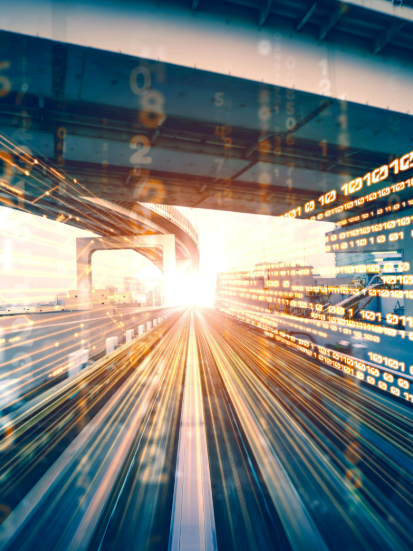In today’s fast-moving world, technology is revolutionizing every aspect of our lives, from the way we shop to how we receive healthcare. These innovations aren’t just about convenience—they are reshaping entire industries, making them smarter, faster, and more efficient. With these advancements come exciting opportunities for businesses, consumers, and even the legal system. Let’s take a closer look at how technology is transforming various sectors and enhancing our everyday experiences.
Law: A New Era for Legal Practices
The legal industry is embracing technological innovations that are enhancing efficiency and accessibility. With tools designed for mass tort litigation management, law firms are streamlining complex case handling by centralizing case data, automating document creation, and tracking deadlines automatically.
AI is playing a significant role by quickly analyzing large amounts of legal data, helping lawyers identify key insights and build stronger arguments. Features like client portals and automated communication tools improve client interaction, while seamless integrations simplify workflows, such as medical record retrieval. This technology is revolutionizing legal practices, enabling better results with greater precision.
Healthcare: Revolutionizing Patient Care
In healthcare, technology is not just about advanced gadgets but about saving lives and improving access to care. Telemedicine allows patients to consult doctors from their homes, breaking down geographic barriers and making healthcare more accessible.
Wearable devices, such as smartwatches, track vital signs like heart rates and sleep patterns, and can even detect early signs of health problems. AI is also enhancing diagnostic accuracy, helping doctors detect conditions like cancer earlier and more reliably. This combination of convenience and cutting-edge technology is improving patient outcomes and optimizing healthcare systems.
Retail: The Rise of Smart Shopping
Shopping has become easier and more personalized than ever before, thanks to technology. Online retailers use AI to analyze your shopping habits and suggest products you might like, making your shopping experience more tailored to your needs. Virtual try-ons allow customers to see how products like clothes or glasses look without ever visiting a store.
Technology is also transforming physical retail spaces. Self-checkout stations, contactless payment systems, and inventory-tracking robots are improving store efficiency, reducing wait times, and enhancing the overall shopping experience for customers.
Education: Learning Made Accessible
The educational landscape is evolving with technology, making learning more flexible and engaging. Thanks to online platforms like Khan Academy and Coursera, students from all over the world can access affordable education at their convenience.
Interactive tools, such as augmented reality (AR) and virtual reality (VR), are making lessons more immersive. For example, students can now take a virtual tour of the solar system instead of just reading about it in a textbook. These tools are enhancing the learning process, making it both fun and effective. Educators are also using technology to track student progress and create personalized lessons, leading to a more customized and impactful learning experience.
Transportation: Moving Toward a Smarter Future
Transportation is undergoing a major transformation, with electric vehicles (EVs) leading the way toward a greener future. Companies like Tesla are at the forefront, offering eco-friendly and efficient cars.
Self-driving cars, once a concept of science fiction, are now on the road. With companies like Waymo testing autonomous vehicles, these cars promise to reduce human error and make our roads safer.
Ride-sharing apps such as Uber and Lyft have redefined how we travel. With just a few taps on your phone, you can book a ride, track its arrival, and make payments seamlessly, making commuting more convenient than ever.
Agriculture: Innovating to Feed the Future
Agriculture is embracing technology to improve crop monitoring, resource management, and sustainability. Drones are being used to monitor crop health and precisely apply pesticides, reducing waste and environmental impact. Sensors in the soil help farmers determine the right time to water or add nutrients.
Vertical farming, which involves growing crops indoors in stacked layers, is gaining popularity as a solution for urban farming. It uses less land and water, making it a more sustainable option for densely populated areas.
AI is also being used to predict weather patterns and analyze crop health, allowing farmers to plan better and reduce waste. This blend of traditional farming practices and modern technology is helping ensure food security for the future.
Conclusion
Technology is not just a tool; it’s a driving force that’s shaping the future. From healthcare to law, transportation, and agriculture, innovations are improving lives, solving problems, and creating opportunities. And the best part? We’re only beginning to scratch the surface of what’s possible. Embracing these changes will lead to a future where technology continues to make life better for everyone.


